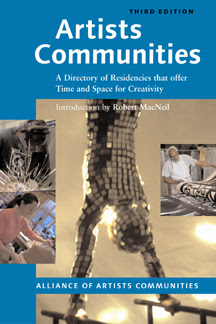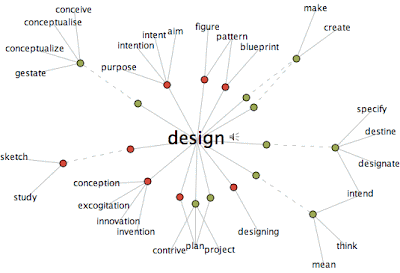 Need to revitalize your creative energy? Destination: Creative Retreat. Artists’ communities, AKA, artists’ colonies, retreats, or residencies are programs that support artists by providing time and space for the creation of new work.
Need to revitalize your creative energy? Destination: Creative Retreat. Artists’ communities, AKA, artists’ colonies, retreats, or residencies are programs that support artists by providing time and space for the creation of new work.
“Artists have always needed patrons and that is what our artists’ communities have become—the least interfering, the least demanding, and the most nourishing patrons of artists.”
Robert MacNeil, Introduction to Artists Communities: A Directory of Residencies that Offer Time and Space for Creativity
According to the Alliance of Artists Communities –
• There are more than 250 artists’ communities in the U.S., and approximately 200 in another 40 countries worldwide.
• 66% of artists’ communities are multidisciplinary, bringing together all kinds of creative professionals, including visual and performing artists, composers and choreographers, playwrights and poets, creative and scholarly writers, architects and designers, historians, ecologists, scientists, and more.
• Each year creative communities serve approximately 12,000 artists and provide an estimated $36 million in direct support to artists (in the form of stipends, travel, materials, room/board, technical support, etc.).
Learn about the hundreds of residency opportunities available for artists of all kinds. Find out about locations, offerings, application procedures, and how to get the most out of the experience.
Here are two resources:
"Be Our Guest: Finding Creative Time and Space" -- This is a series of public information sessions on artists-in-residence programs, hosted at Rhode Island School of Design, presented in partnership with the Alliance of Artists Communities. Monday, April 30, 2007, 5:30-7:00 pm, RISD, Providence, RI
Be Our Guest
Alliance of Artists Communities
255 South Main St.
Providence, RI 02903
Phone: (401) 351-4320
Aliance of Artists Communities

 Amy Leidtke
Amy Leidtke

